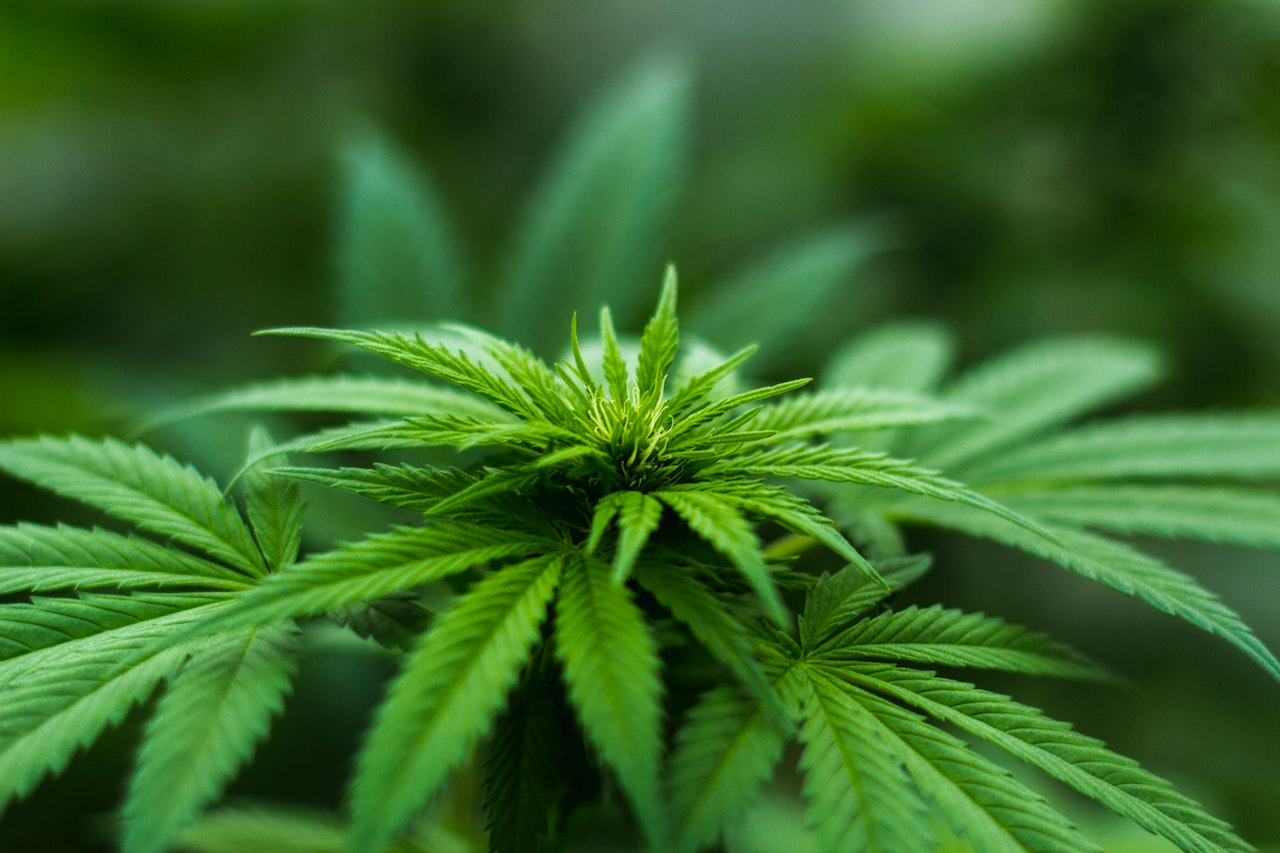Before explaining the characteristics of cannabis, its incidence, its effects and its complications, I would like to begin by relating a real case, since I have fortunately been dedicated to helping people with addictions for more than 10 years. If you use cannabis in any of its forms, I invite you to read it and express what you think. I don’t just want to describe in detail the hardships and negative consequences of cannabis use that this person suffered, but to describe the positive effects of stopping cannabis use. As a professional, this is what ultimately motivates me, and even still surprises me: to see the real potential of a person and how a drug can obscure it in such a way.
For this purpose, I introduce you to Mr. C, whose personal data and information will be omitted for confidentiality reasons. Like more and more teenagers, Mr. C started using cannabis early, at the age of 13. The first time was in the company of an older friend, who invited him to take a puff of a hashish joint. The first impression was positive, a few laughs and the feeling of doing something «grown-up». In a few months, the consumption became more and more frequent and high, and by the time he was 15 years old, he was smoking hashish and marijuana practically every day, an average of 2 or 3 joints a day. Of course, this consumption brought him some problems: conflicts with his parents, fights with other young people, some fines and even a trial for illegal drug possession.
Mr. C otherwise spent a «relatively» normal adolescence. He managed to finish junior high and high school with average grades and although he enjoyed history, and as a child he loved swimming, soccer and skiing, he spent virtually all of his adolescence sitting on the couch at home. In fact, his family teased that the couch had Mr. C’s deformity.
Around the time he was 20, Mr. C decided on his own volition to quit using hashish and marijuana, and to ask for help with it – this is where I come in. Undoubtedly, this cost him at first a few sleepless nights, some tough cravings (desire to use, anxiety, irritability, etc.) and having to stop hanging out with his friends, virtually all of whom were using as he had surrounded himself with «using buddies».
The more positive changes, perhaps less obvious to the naked eye, began to develop over the weeks and months. Mr. C, well known for his endless naps, his voracious hunger and his always astonishing quietness, began to change progressively. What until then seemed to be an acceptable but somewhat mediocre academic performance, turned into a genuine interest and motivation to study, learn and improve. In a few months, Mr. C became one of the most outstanding students in terms of intellectual and dialectical ability.
Likewise, Mr. C’s interests and activity level also showed significant changes, with Mr. C showing a greater motivation for self-care, physical exercise, and a more balanced diet. And to cap it all off, after several months of jaw-dropping improvements, Mr. C developed an interest in international travel, and during an extended stay in the Netherlands, established a very positive relationship.
Stopping the use of Cannabis ultimately allowed Mr. C to not only increase his performance capacity and daily activity, but perhaps more importantly, to learn about his own strengths, aptitudes and personality traits that were tarnished by the habitual use of this substance.
We may ask the question, what would things have been like, or what would Mr. C have accomplished or done, had he not used this substance during his teenage years? Like all «What if» questions, we will never know….
The question may lead us first of all to analyze the most notable effects of cannabis abuse. Without disdaining the therapeutic value, which exists and will also analyze, I will start by acknowledging the most notable and worrying risks of its abuse.
What is Cannabis?
Cannabis is a drug extracted from the Cannabis sativa plant, whose leaves, stems, flowers or resin are used to produce the most widely consumed illegal drugs in Spain, Europe and the world: marijuana and hashish. The plant contains more than 400 chemical components. The three most important cannabinoids, due to their psychoactive effects, are delta-9-tetrahydrocannabinol (THC), cannabidiol (CBD) and cannabinol. While THC is responsible for most of the effects, cannabinol is ten times less active than THC, and cannabidiol has a different profile, producing anxiolytic and sedative effects.
The best-known effects of cannabis on the brain are caused by its active ingredient, THC, which is found in different proportions depending on the form and mode of use. The most common forms of use include:
- Marijuana is the dark green substance obtained when the dried leaves, flowers and small stems of the plant are crushed.
- Hashish comes from the resin accumulated in the flowers of the female plant, and usually comes in balls or ounces, which is why it is commonly called "chocolate" in Spain.
- Hashish oil is the dissolved and concentrated hashish resin.

The most common way of consuming Cannabis is smoked in a cigarette (joint, joint, etc.). Its effects can be felt quickly, and can last between two and three hours. Of the total THC contained in a cigarette, between 10-25% reaches the blood. The final amount of THC absorbed in the body depends on the depth and number of puffs and the potency of the joints. It can also be consumed orally (oils, cakes, infusions, etc.) and absorption is slower.
Since 2008, the growth of «synthetic cannabinoids» has been detected in different parts of Europe, which have very similar effects. These synthetic compounds are commonly known as «Spice», which were initially distributed as legal products, but have also grown in the illegal market, leading to serious and deadly intoxications because they are often much more potent than THC.
What are some of the effects of cannabis abuse?
At the Neurological level, Cannabis mainly affects what we call the Endogenous Cannabinoid System in our brain. This area of our brain is in charge of regulating the functioning of our behavior, learning, gratification, appetite, pain and emotions, among others.
One of the most notable effects of cannabis abuse, for example, is what we call the «Amotivational Syndrome». This pattern refers to a combination of symptoms, including generalized lack of energy and activity, lack of motivation and initiative, tendency to drowsiness, altered short-term memory, and difficulties in concentration. This Amotivational Syndrome, which appears with more habitual and chronic consumption, is behind many of the problems in professional or academic performance, and certain tendencies to conflict.
Perhaps one of the most notable and dangerous risk of cannabis use, which I am still surprised by how unknown it is to a large part of the population, is the capacity to generate paranoid symptoms, panic attacks, and even psychotic outbreaks and schizophrenia. Of course, in these cases, the impact on the person’s life is very serious and the consequences can last for life or for a long period. I want to emphasize, that for these symptoms to occur it is not necessary to consume in an aberrant or chronic way, as there are cases of severe psychotic outbreaks after occasional consumption.
Other interesting facts about cannabis abuse:
- Cannabis is currently the second substance (28.4%) causing treatment admissions in Spain, behind cocaine (44.7% of the total) and followed by heroin (22.3%), being in many Autonomous Communities the first substance.
- Likewise, the percentage of hospital emergencies related to cannabis use has risen steadily, from 6.2% of episodes in 1996 to 50.6% in 2019. In other words, more and more hospital emergencies are related to hashish or marijuana use.
- 95.2% of all children under 18 years of age who have been admitted to treatment for illegal drug use in 2019 in our country, have done so for problems associated with cannabis use.
Can cannabis be medicinal or therapeutic?
In any case, not everything is negative with cannabis. Cannabis has been used since ancient times for very diverse purposes such as the use of its fibers for the production of fabrics and ropes, or the use as a food additive, making use of its oil and hemp seeds as a nutrient. It has also been used for its psychoactive properties for religious and/or recreational purposes, and occasionally to treat certain diseases. There is also evidence to support the medical use of THC to control nausea and vomiting, stimulate appetite and reduce pain. CBD can moderate the psychoactive effects of THC and has medicinal properties, for example, it reduces epileptic seizures. Several drugs containing cannabinoids have been authorized for marketing, such as ®Sativex, ®Marinol and Syndros, ®Cesamet and Canemes, and ®Epidiolex.
Division of Psychology, Psychotherapy and Coaching
Psychologist
Adults and couples
Languages: English and Spanish

